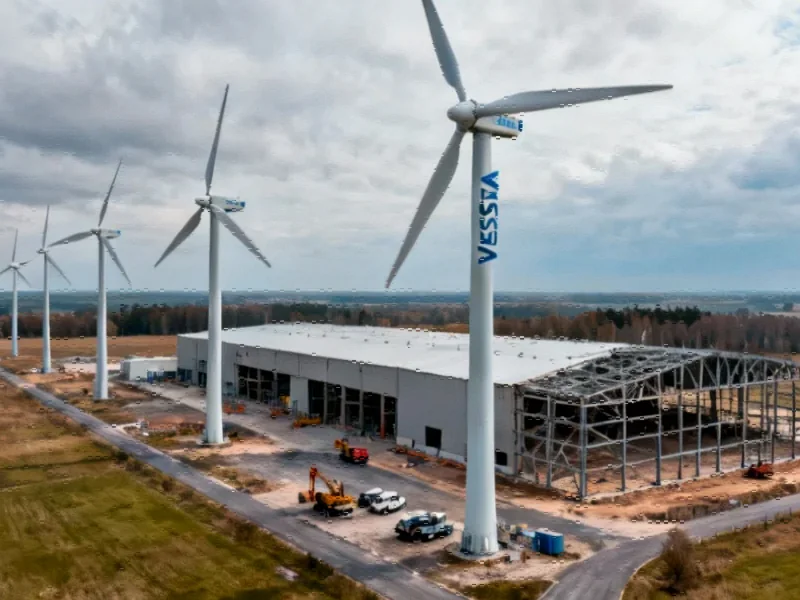Precision Interface Control Revolutionizes Perovskite Crystallization
Recent research published in Nature Photonics demonstrates how engineered self-assembled monolayers (SAMs) can fundamentally transform perovskite crystallization dynamics in tandem solar cells. The study reveals that molecular-level precision in interface engineering addresses long-standing challenges in perovskite film quality, offering a pathway to significantly enhanced solar cell performance and stability.
The Molecular Architecture Difference
Scientists compared conventional 2PACz SAMs with a novel molecular design called DMPP, which incorporates strategic structural modifications. While 2PACz features a simple carbazole core with a flexible alkyl chain, DMPP integrates a rigid conjugated linker and functionalized -OCH groups positioned at meta-sites for optimal geometric matching with the perovskite lattice.
The significance of this design becomes apparent when examining the spacing compatibility: DMPP’s methoxy groups align almost perfectly with the perovskite’s Pb atom arrangements (9.6Å vs. 9.0Å and 14.9Å vs. 14.3Å). This precise matching enables effective passivation of undercoordinated Pb sites, addressing a critical limitation in conventional SAM-perovskite interfaces. These findings represent a major step forward in engineered molecular layer design for solar applications.
Anchoring Stability and Molecular Orientation
Density functional theory calculations revealed striking differences in molecular behavior. Conventional 2PACz tends to collapse onto ITO substrates with near-planar orientation, while DMPP maintains a vertically aligned configuration through -PO(OH) bonding, reinforced by its rigid conjugated benzene ring linker.
The extended π-conjugation system in DMPP further stabilizes this upright assembly through enhanced intermolecular π-π interactions and increased dipole moment. This structural advantage translates to superior interfacial binding energy (-1.62 eV for DMPP versus -0.88 eV for collapsed 2PACz), demonstrating the critical importance of molecular design in interface stability.
Experimental validation through XPS analysis confirmed these computational predictions. DMPP exhibited significantly higher anchoring stability (25.7% In-O-P/In-O-H/C-O peak ratio) compared to 2PACz (15.9%), with DMPP maintaining 96.7% of its original SAM signal after rigorous solvent washing tests versus only 87.2% for 2PACz. These advances in molecular engineering reflect broader continuous modeling breakthroughs across scientific disciplines.
Crystallization Kinetics and Film Quality
The research team employed multimodal in situ monitoring to observe crystallization dynamics during thermal annealing. Perovskite films on DMPP substrates exhibited dramatically delayed PL intensity stabilization (167.6 seconds) compared to 2PACz (49.5 seconds), indicating significantly slower crystallization rates.
This controlled crystallization process yielded substantial improvements in film quality. The stabilized PL intensity was higher on DMPP, suggesting reduced non-radiative recombination centers. Furthermore, the symmetric PL half-width signal change on DMPP indicated better halide homogenization during crystallization, contrasting with the asymmetric behavior observed on 2PACz.
UV-vis phase evolution analysis provided additional evidence of homogeneous crystallization on DMPP substrates, showing direct phase transformation with a single isosbestic point. In contrast, 2PACz promoted spatially heterogeneous crystallization with concurrent growth of perovskite phases alongside I-rich or Br-rich blend phases. These material science advances complement quantum measurement innovations in pushing scientific boundaries.
Nucleation Control and Grain Growth
The research identified that the ordered alignment of DMPP’s -OCH groups preferentially coordinates with Pb-related chemicals through Lewis acid-base interactions. This specific coordination modulates precursor supersaturation kinetics through two key mechanisms: reducing effective Pb-related chemical concentration and creating steric hindrance that delays final crystal formation.
According to classical nucleation theory, the decreased driving force on DMPP significantly increases nucleation work, effectively suppressing perovskite nucleation density. In situ optical microscopy directly validated this prediction, showing dramatically lower nucleation density on DMPP compared to 2PACz.
The resulting scarcity of nucleation sites, combined with steric hindrance effects, allows fewer crystals to dominate delayed growth, yielding larger perovskite grains with superior crystallinity. SEM and XRD analyses confirmed these improvements, showing pinhole-free buried perovskite surfaces with uniform grain packing on DMPP, contrasting with smaller grains containing PbI segregations and nanovoids on 2PACz. These material improvements align with advanced validation methodologies becoming increasingly important in technology development.
Electronic and Mechanical Property Enhancements
Residual stress analysis via XRD sinψ method revealed that perovskite films on DMPP exhibited almost no stress, unlike the tensile stressed films on 2PACz. This mechanical improvement stems from enhanced lattice matching between the ordered SAM layer and perovskite crystal structure.
The electronic benefits were equally impressive. KPFM mapping demonstrated reduced surface potential fluctuations on DMPP, confirming improved electronic homogeneity. Work function measurements showed values of 4.37 eV for DMPP versus 4.41 eV for 2PACz, consistent with the observed electronic improvements.
Photoluminescence quantum yield measurements revealed a sixfold enhancement for perovskite films on DMPP (0.49%) compared to 2PACz, suggesting a potential reduction in V loss by approximately 47 mV in solar cell devices. Transient absorption spectroscopy further quantified these benefits, showing over twofold longer carrier lifetime at DMPP-perovskite interfaces. These electronic improvements represent significant scientific breakthroughs in interface engineering.
Implications for Solar Cell Manufacturing
The demonstrated ability to control perovskite crystallization through molecular-level interface engineering opens new possibilities for scalable manufacturing of high-performance tandem solar cells. The research highlights how strategic molecular design can simultaneously address multiple challenges: improving crystallization control, enhancing electronic properties, reducing mechanical stress, and increasing device stability.
As the solar industry continues to evolve, such natural system discoveries and their technological applications will play an increasingly important role in advancing renewable energy technologies. The successful implementation of engineered SAMs represents a paradigm shift in how we approach interface design in photovoltaics, offering a template for future innovations in material science and renewable energy applications.
These developments in perovskite solar technology are part of broader industry developments that continue to push the boundaries of what’s possible in renewable energy generation and efficiency optimization.
This article aggregates information from publicly available sources. All trademarks and copyrights belong to their respective owners.
Note: Featured image is for illustrative purposes only and does not represent any specific product, service, or entity mentioned in this article.



